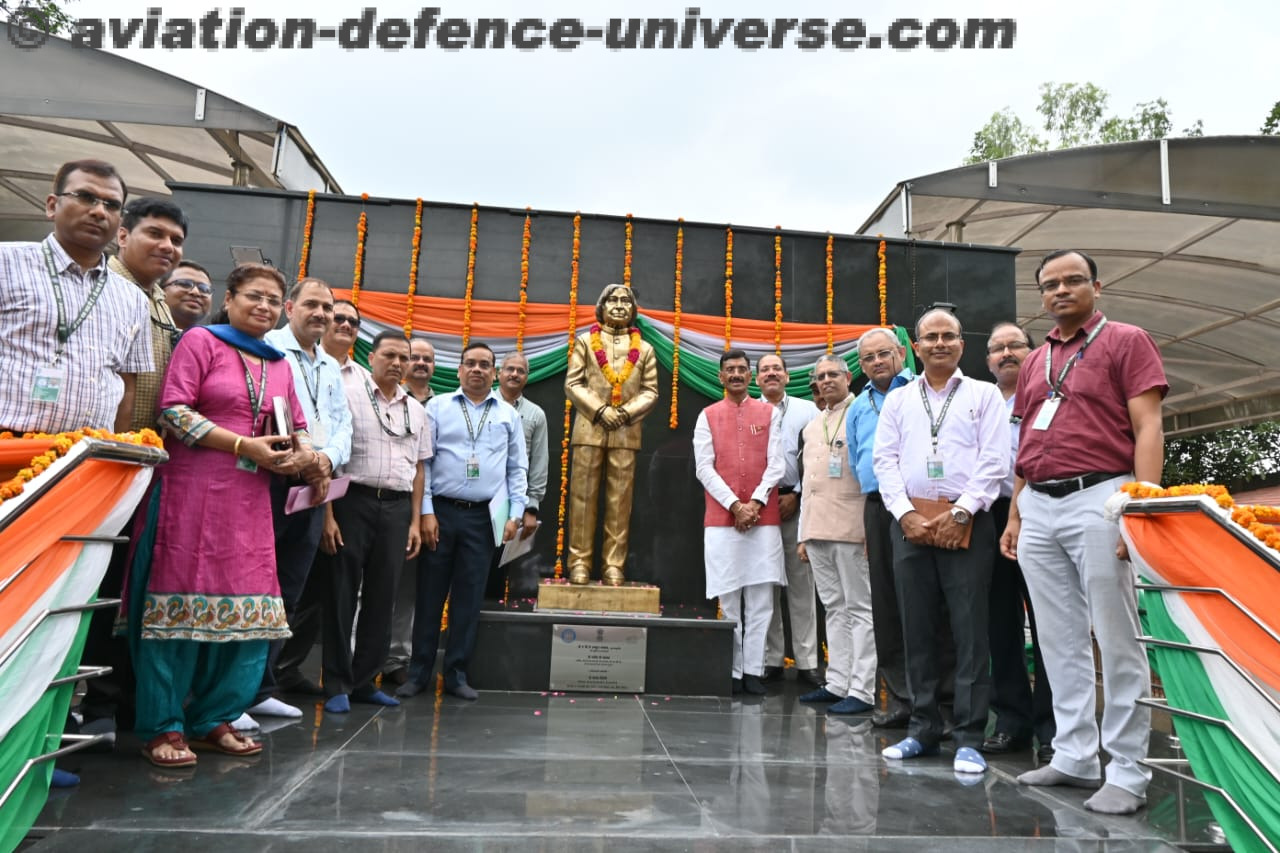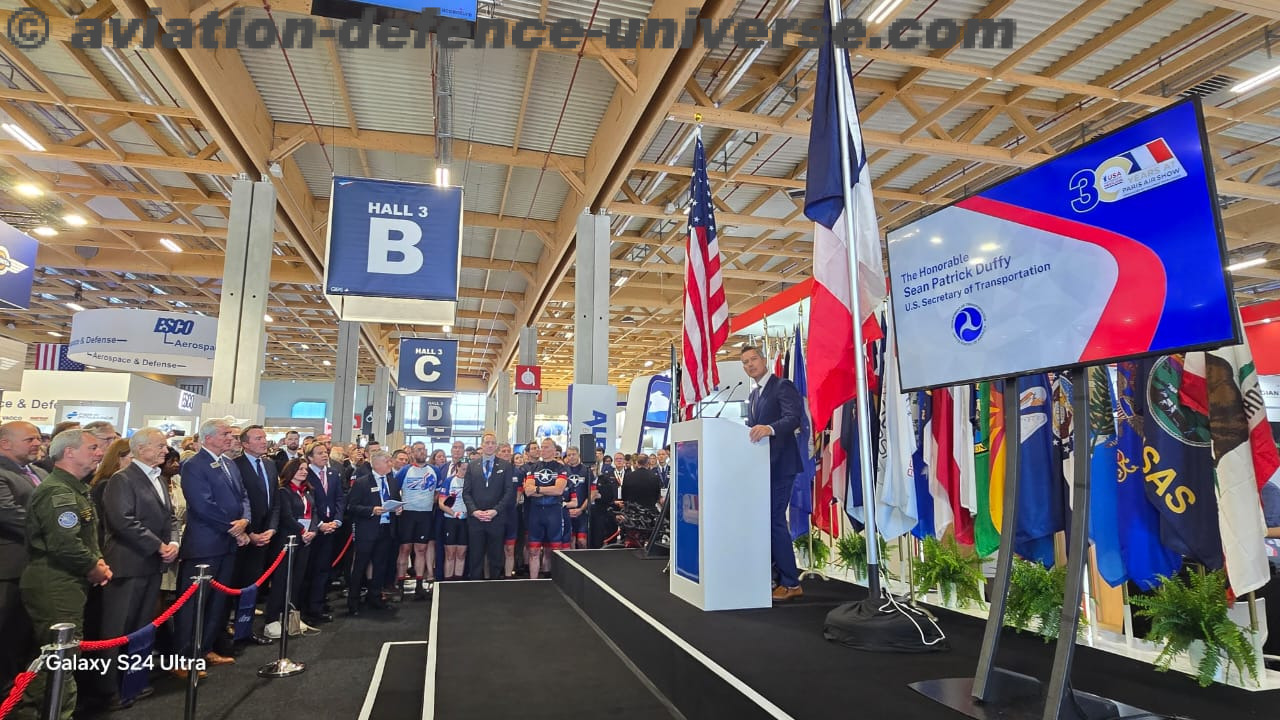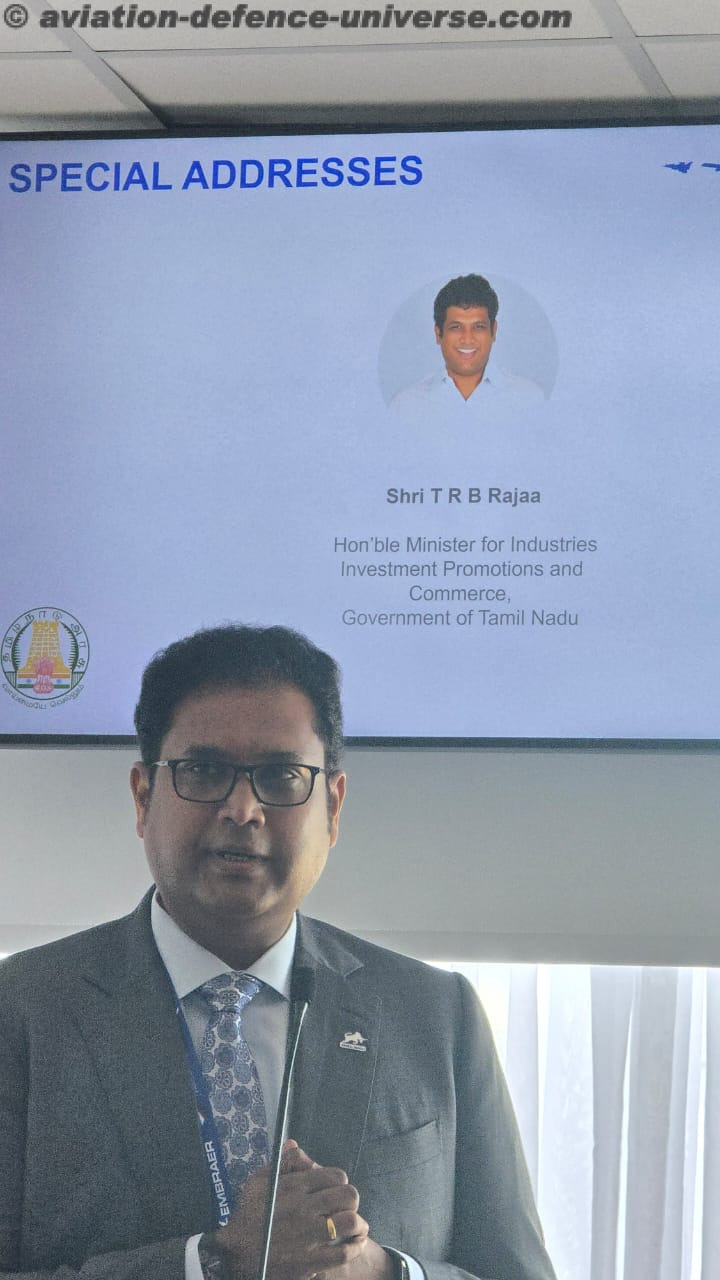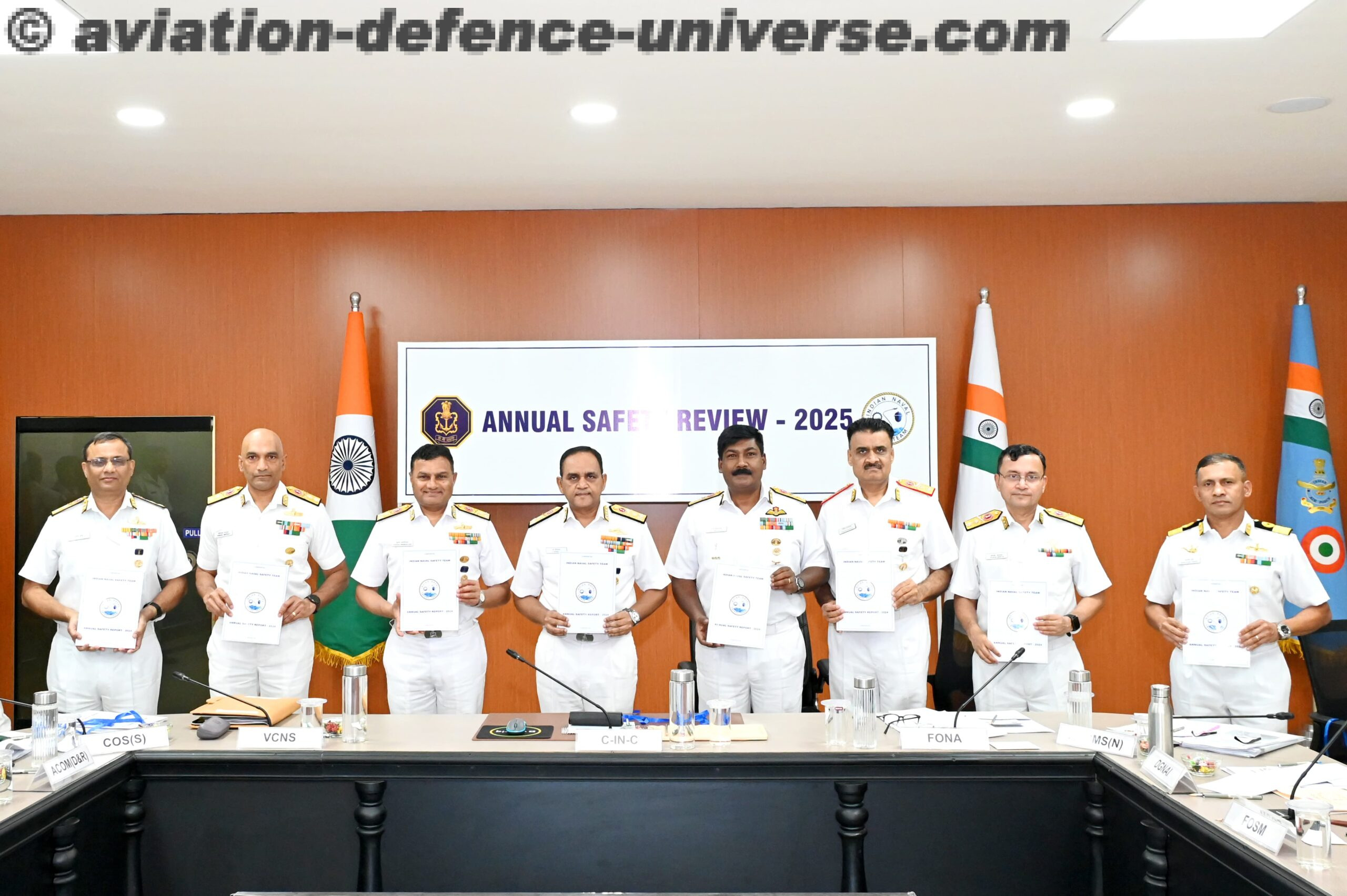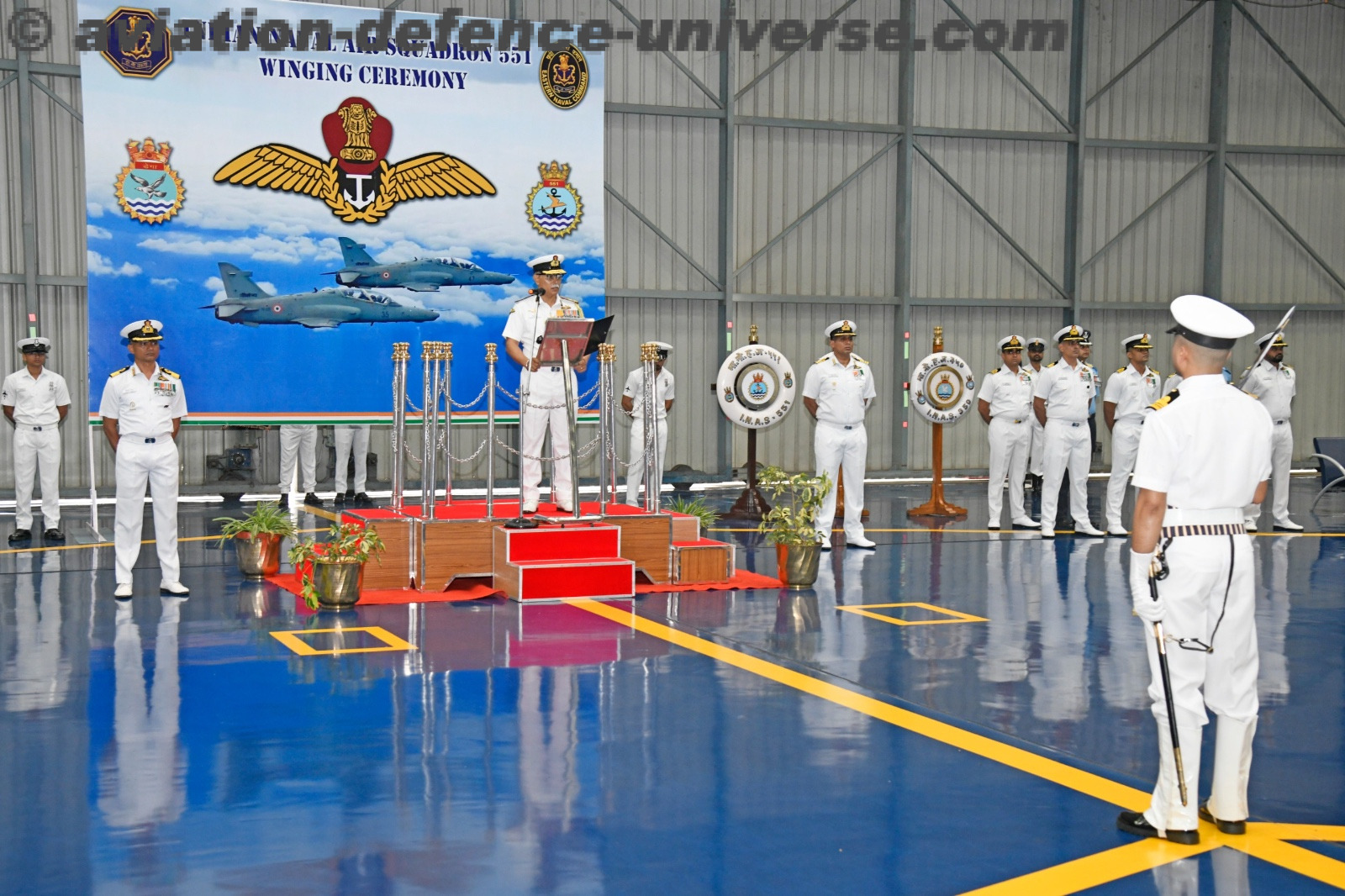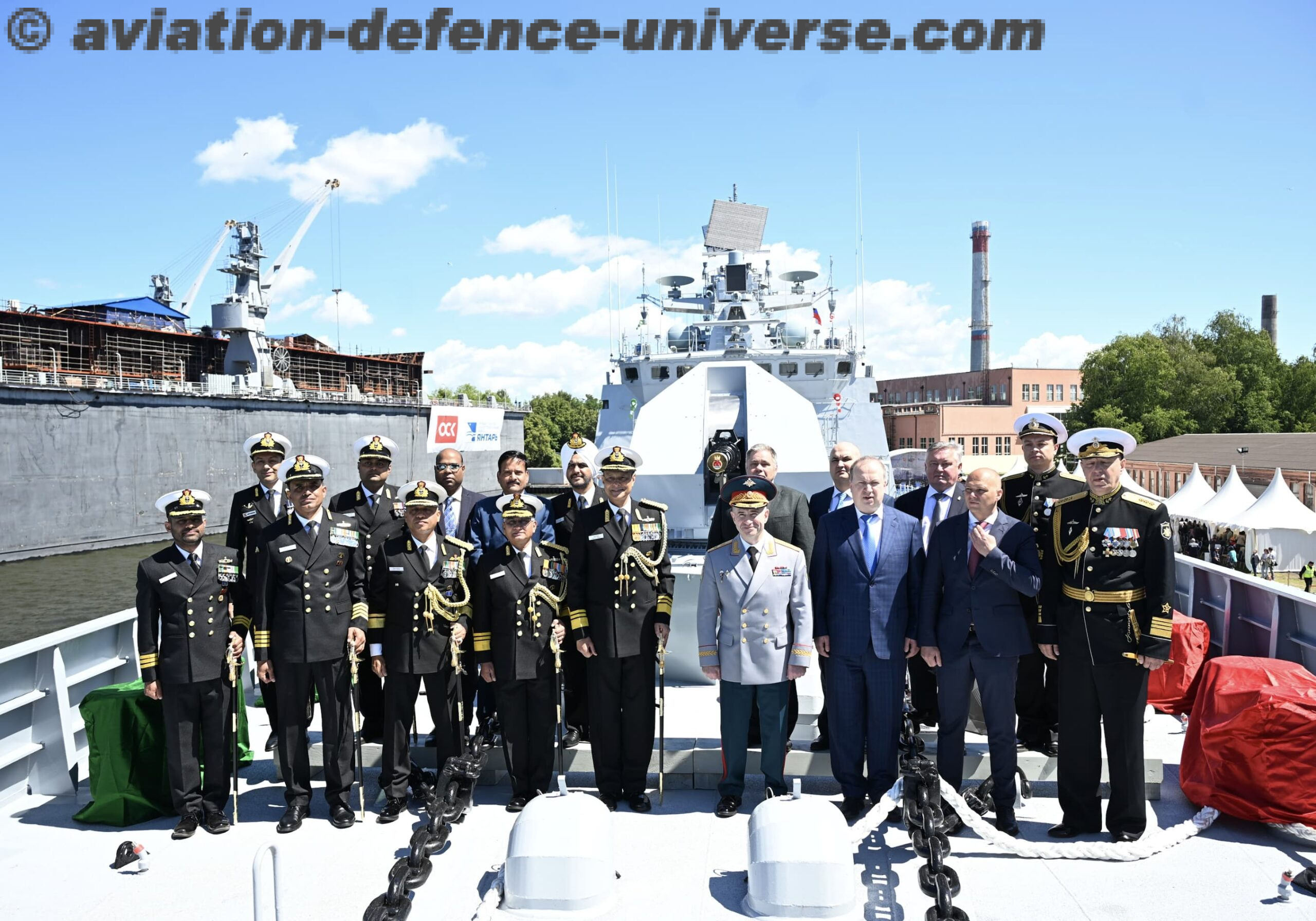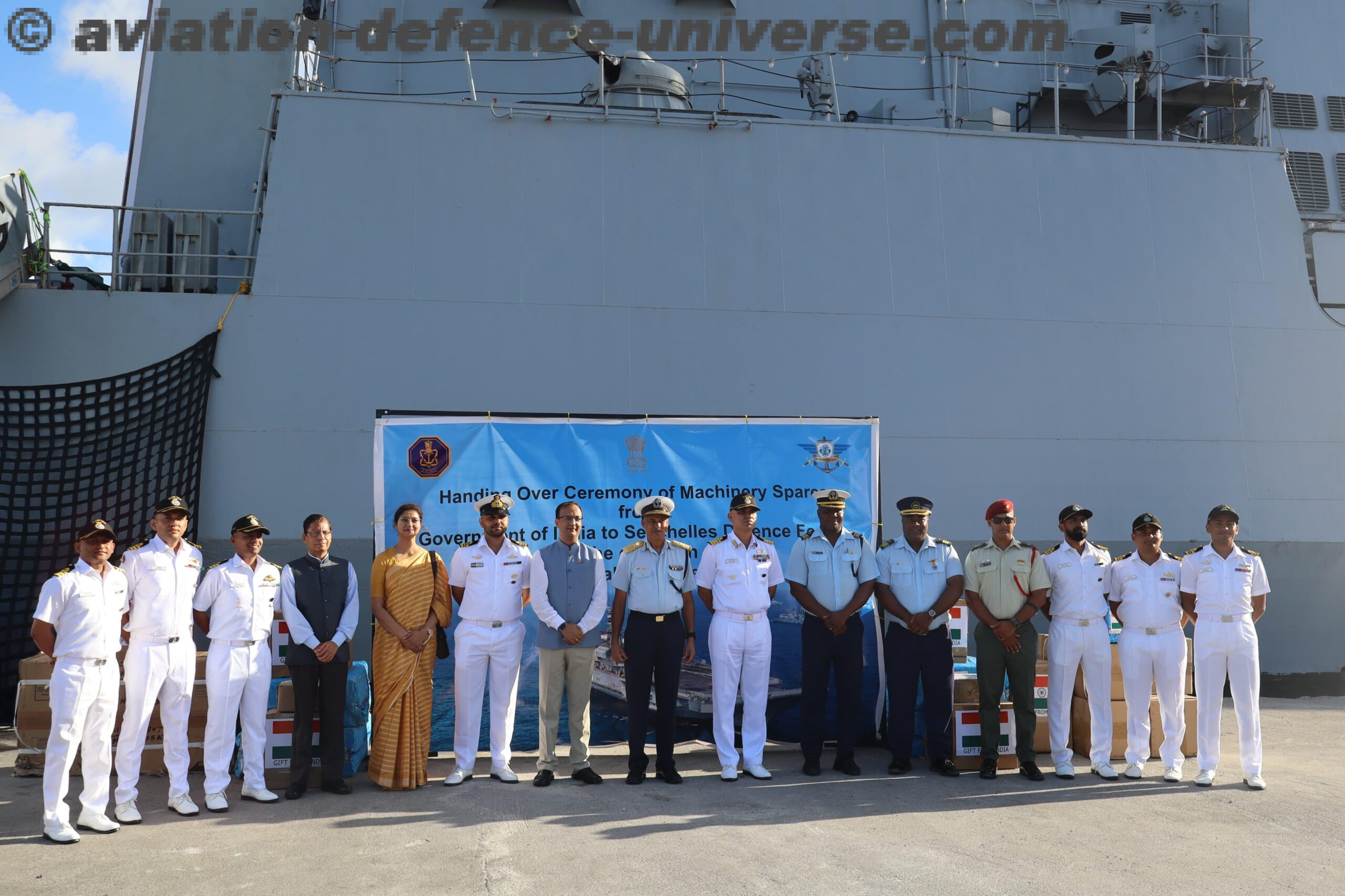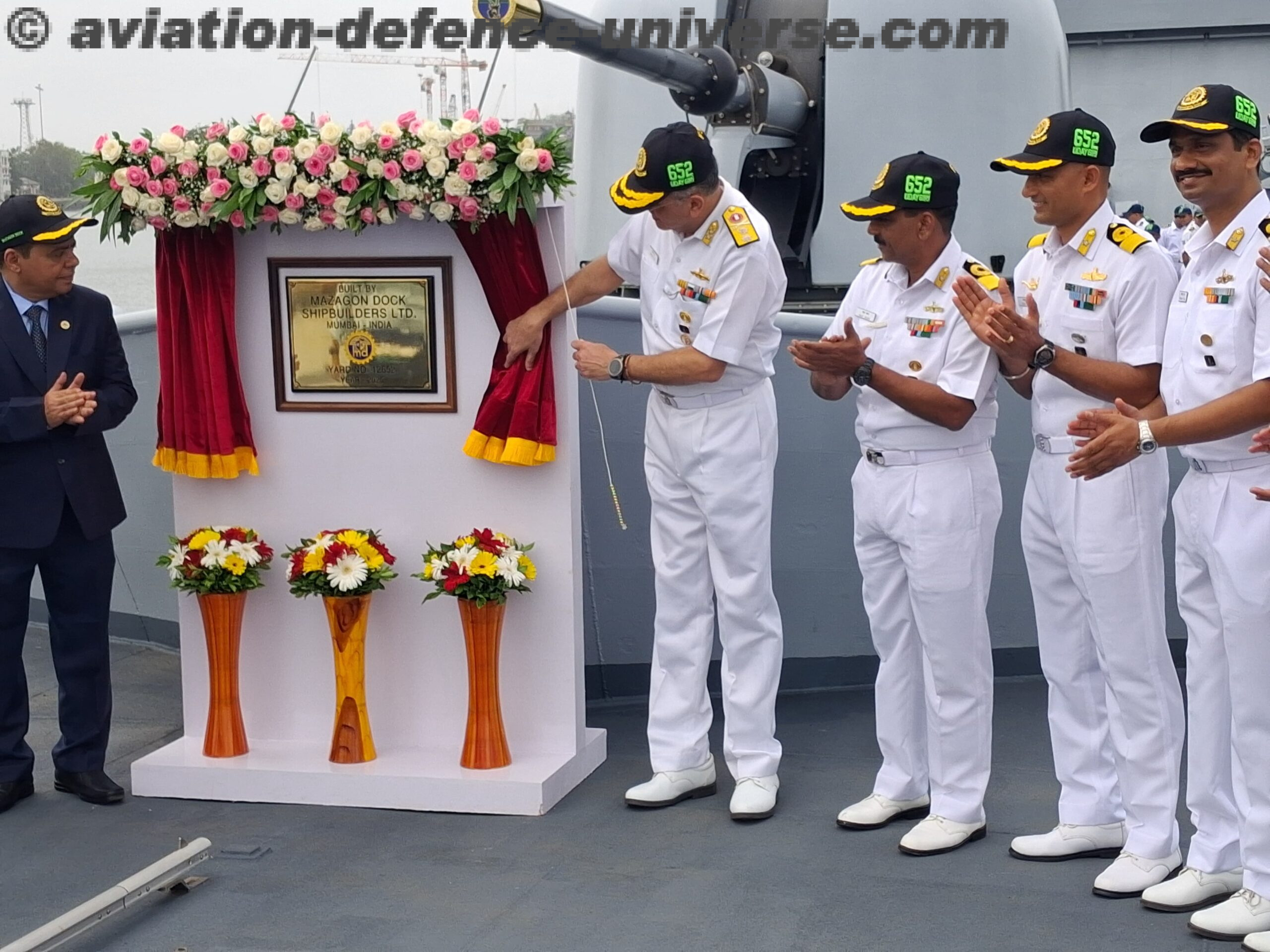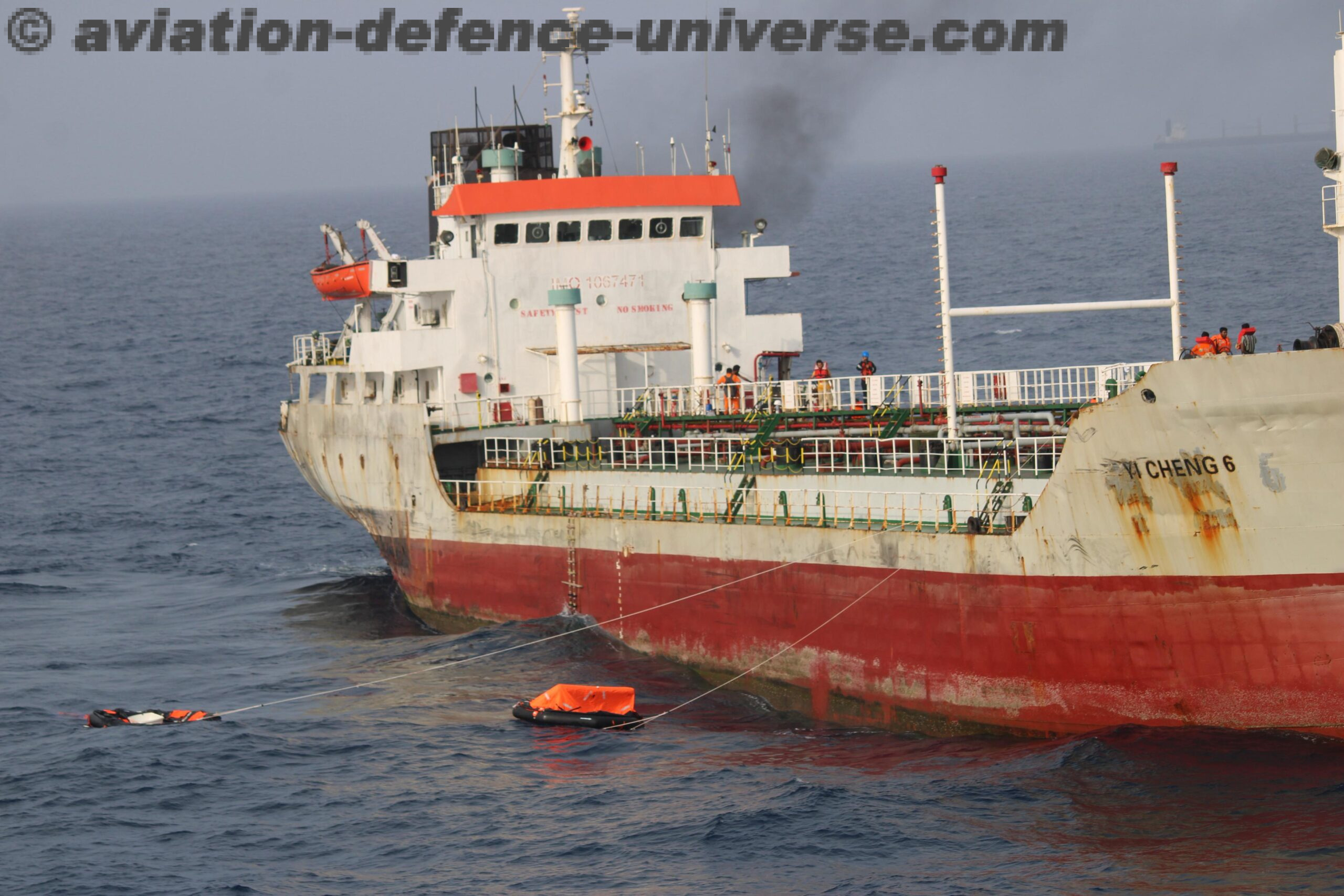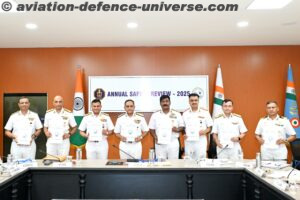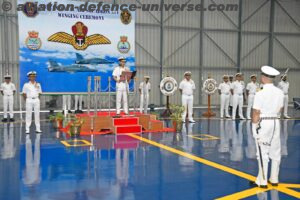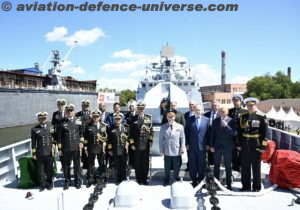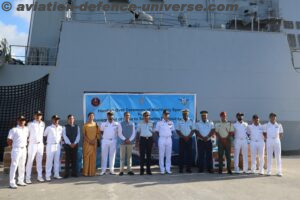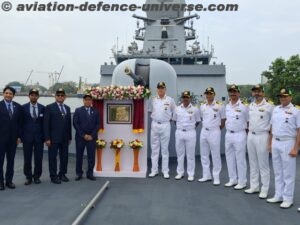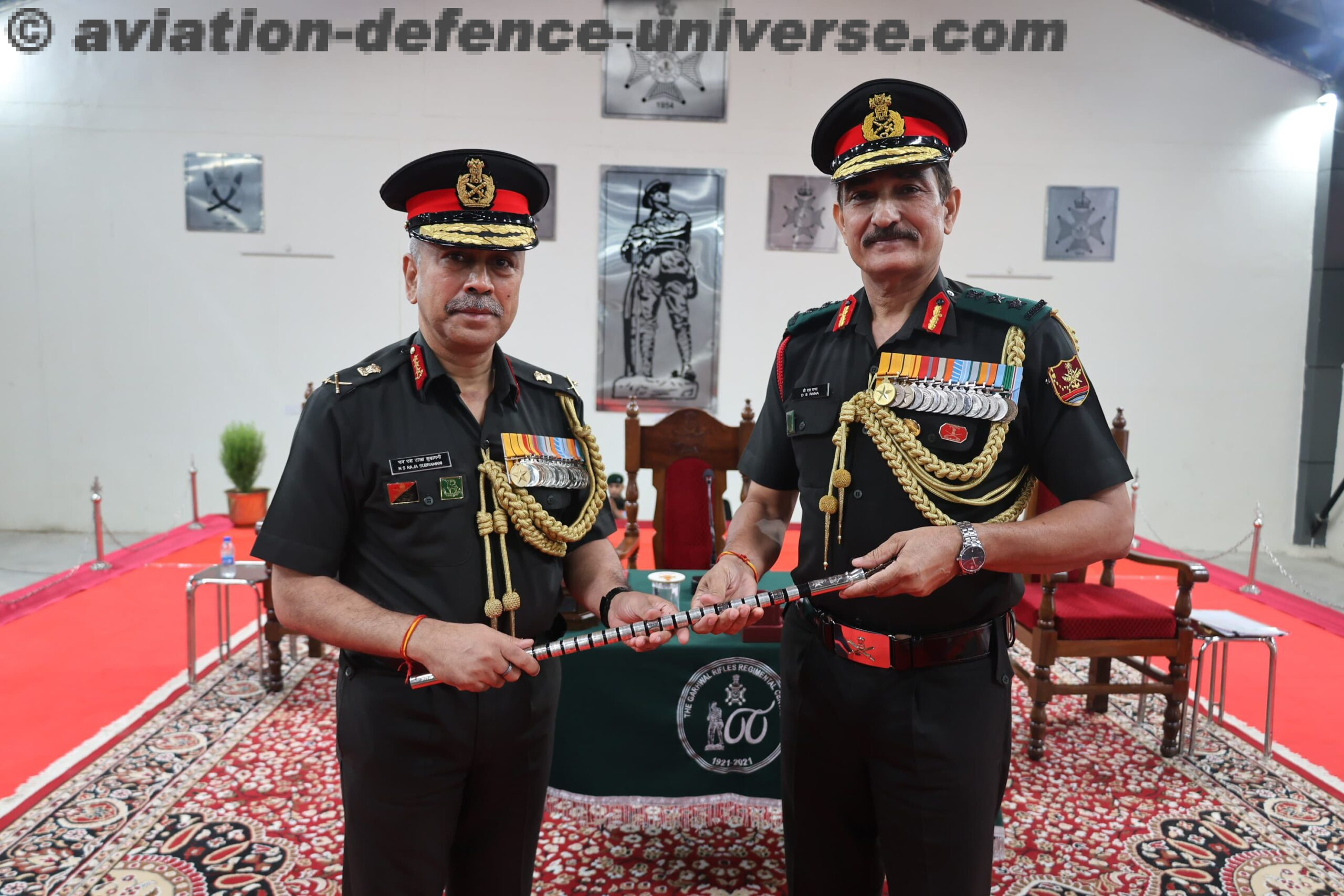By Cmde Ranjit B Rai (Retd.)
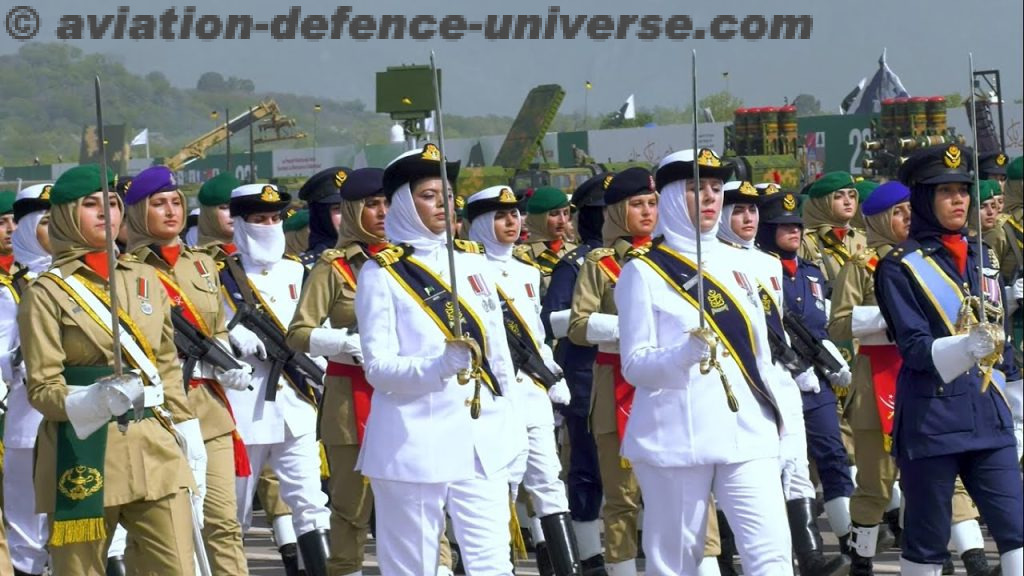 New Delhi. 18 September 2024. Pakistan celebrates its Navy Day annually on 8th September to reaffirm Pakistan’s commitment to securing its maritime interests. President Asif Ali Zardari, Prime Minister Muhammad Shehbaz Sharif, Chief of Naval Staff Admiral Naveed Ashraf, an alumnus of the US Naval War College and Royal College of Defence Studies (RCDS UK), and other leaders commended the Pakistan Navy for its unwavering dedication to duty with passion for the country. The date, 8th September, for Pakistan’s Navy Day, was chosen from the records of the Pakistan Navy below. India’s Navy Day on 4th December was chosen to commemorate the IN’s OSA class boats missile attack off Karachi as it sank two ships, PNS Muhafiz and Venus Challenger and damaged PNS Shajahan in the opening bell of the 1971 war. By happenstance, on the morning of 4th December, four IAF Hunters under late Wing Cdr don Conquest from Jamnagar with new drop tanks set the Kemari oil tanks on fire with front guns. This author researched this in 1974 as it was assumed by the Navy the last missile from an Osa class set fire to the oil tanks when its radar locked onto the Karachi beach. It is called the fog of media in war when individuals write history.
New Delhi. 18 September 2024. Pakistan celebrates its Navy Day annually on 8th September to reaffirm Pakistan’s commitment to securing its maritime interests. President Asif Ali Zardari, Prime Minister Muhammad Shehbaz Sharif, Chief of Naval Staff Admiral Naveed Ashraf, an alumnus of the US Naval War College and Royal College of Defence Studies (RCDS UK), and other leaders commended the Pakistan Navy for its unwavering dedication to duty with passion for the country. The date, 8th September, for Pakistan’s Navy Day, was chosen from the records of the Pakistan Navy below. India’s Navy Day on 4th December was chosen to commemorate the IN’s OSA class boats missile attack off Karachi as it sank two ships, PNS Muhafiz and Venus Challenger and damaged PNS Shajahan in the opening bell of the 1971 war. By happenstance, on the morning of 4th December, four IAF Hunters under late Wing Cdr don Conquest from Jamnagar with new drop tanks set the Kemari oil tanks on fire with front guns. This author researched this in 1974 as it was assumed by the Navy the last missile from an Osa class set fire to the oil tanks when its radar locked onto the Karachi beach. It is called the fog of media in war when individuals write history.
“On the night of September 8, 1965, the Pakistan Navy carried out Operation Dwarka, codenamed ‘Operation Somnath’ with six warships and launched a surprise attack on the Indian naval base at Dwarka. Pakistan Navy Day, celebrated annually on September 8, reaffirms Pakistan’s commitment to securing its maritime interests. The strike, lasting just four minutes, inflicted significant damage on Indian infrastructure, setting parts of the base ablaze and crippling the Indian Navy’s planned operations against Karachi. This successful operation, deep within Indian waters, was a key component of Pakistan’s broader defence strategy. Operation Dwarka is a testament to Pakistan’s naval strength and unified defence against external threats”.
Naval Chief Admiral Naveed Ashraf said, “Navy Day is a remarkable day in our naval history, where our fearless warriors, driven by unshakeable resolve, struck against the enemy with absolute impunity and bravado and promoted four PN officers to the rank of Vice Admiral: Abdul Samad, currently Commander of Naval Strategic Command; Abid Hameed, Deputy Chief of Naval Staff (Material); Raja Rab Nawaz, Commander Coast; and Muhammad Faisal Abbasi Commander Pakistan Fleet.
PN COMMISSIONS TWO WARSHIPS ON DEFENCE AND MARTYRS DAY
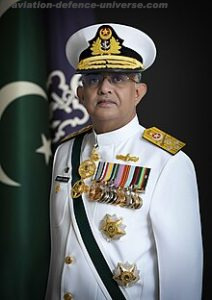
On 6th September, Pakistan celebrates its National Defence Day to commemorate the sacrifices made by the Pakistani military in the seventeen-day 1965 war with India that broke out in full force on 6th September 1965 when President Ayub Khan declared a state of emergency proclaiming that Pakistan was in a state of war with India. The Indian Army crossed the International Border on the Western Front on 6th September and offered a retort to Pakistan’s Operation Grand Slam towards Jammu Chaamb where later the tank battle of tank ba. The IAF was called in. The Navy was ordered not to join and keep its powder dry.
This year, the Pakistan Navy held a ceremony on Defence Day 6th September with the President of Pakistan, Mr Asif Ali Zardari, as Chief Guest, who inducted two warships into the Fleet at the Naval Dockyard at Karachi—the PN—inducted the first of the four 2,000-ton PNS Hunain class Offshore Patrol Vessel built at DAMEN Shipyard, Romania with Surface to Air missiles. Another will follow, and two will be built in Pakistan. PN also inducted the first of four agile 3,000-ton Milgem class frigates, PNS Babur, built by the Turkish Ministry of Defence-owned ASFAT in Istanbul. One more Milgem is being built in Turkey, and another two are being constructed in Karachi Shipyard and Engineering Works (KS&EW). The propulsion system is in CODOG configuration with two diesel engines, with a total propulsion power of 31,600 kilowatts. The corvette is armed with a 76mm gun, eight 124 km vertical launched (VLS) Harpoon Block II anti-ship missiles, and a Raytheon Mk-31 RAM self-defence missile weapon system, and has two 324mm Mk32 tubes to launch Mk46 US torpedoes.
The PN has an ongoing order for four 054P frigates from China’s Hudong Shipyard with 802 missiles to attack ships, a little more advanced than the four similar 054 warships commissioned in 2021. In addition, PN is to get four conventional Type 039A class submarines from the Wuchang Shipbuilding Industry of China. The first of four Hangor, will be delivered next year. Another two Hangor class, will be built at KSEW, making it six submarines. Pakistan has an advantageous strategic maritime coast on the Arabian Sea, and it lords over the entrance to the oil-rich Gulf countries where it is liaising naval activities with China from Gwadar and a base in Djibouti, and has ambitions for a nuclear submarine from China.
The 21st Century is dubbed a maritime century, and the world’s navies are expanding. The progress of any Navy is as it should be, and India must wish the Pakistan Navy well, with a caveat. Operation Somnath was a failure, and why it failed is explained. The Pakistan Navy’s Ops Immediate signal for Op Somnath in 1965 is reproduced from the book Warring Navies-India and Pakistan (ISBN 978-93-5156-638-0) by this author.
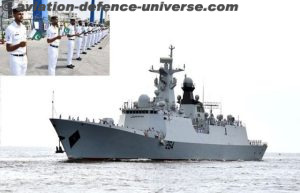 On 7th September 1965, Pakistan Naval Headquarters sent this signal: “Task group comprising Babur (Capt MAK Lodhi), Khaibar (Capt A Hanif), Badr (Cdr I H Malik), Jahangir (Cdr KH Hussain), Alamgir (Cdr IF Quadir), Shahjahan (Cdr SZ Shamsie), and Tippu Sultan (Cdr Amir Aslam), is to be in position 293 degrees- 120 miles from Dwarka Light House by 071800 E/Sep with maximum power available. Task Group to execute the bombardment of Dwarka at about midnight, using 50 rounds per ship. Force is to retire from bombardment area by 0800 30 Sep.”
On 7th September 1965, Pakistan Naval Headquarters sent this signal: “Task group comprising Babur (Capt MAK Lodhi), Khaibar (Capt A Hanif), Badr (Cdr I H Malik), Jahangir (Cdr KH Hussain), Alamgir (Cdr IF Quadir), Shahjahan (Cdr SZ Shamsie), and Tippu Sultan (Cdr Amir Aslam), is to be in position 293 degrees- 120 miles from Dwarka Light House by 071800 E/Sep with maximum power available. Task Group to execute the bombardment of Dwarka at about midnight, using 50 rounds per ship. Force is to retire from bombardment area by 0800 30 Sep.”
The tanker PNS Dacca (Cap RM Aziz) was off Karachi to fuel ships to sustain a ‘cordon sanitaria’ with other craft and planes, and for Maritime Domain Awareness (MDA). The Submarine PNS Ghazi (Cdr KR Niazi) was off Bombay looking for prey. The Indian appreciation of the situation in 1965 noted Pakistan had inducted a second-hand US Tench class submarine, PNS Ghazi, on lease for training purposes from the US Navy from the US Military Aid programme (the same PNS Ghazi which saw a watery death off Vishakhapatnam on 4th December. 1971), at a time when India had no submarines. Indian intelligence warned the Cabinet led by PM Shri Lal Bahadur Shastri that Ghazi was lurking off Bombay. To the Pakistan Navy’s luck, the Indian Cabinet decided that the Indian Navy would not participate in the war except in self-defence and not ahead of the Porbandar latitude.
Indian Navy had no base at Dwarka, and the Pakistan Navy’s destroyers haphazardly executed a four-minute gun attack as ‘the Dwarka attack’, attempting to hit Somanath Temple in the darkness. The 4-inch shells landed on the beach with no damage except to one cow. In 1965, Naval Gun Fire technology, NGFS, needed spotting support for bracketing the target. Pakistan had no spotters, and Pakistan media also speculated that PN had sunk or damaged a B’putra class frigate, a figment of its imagination to maintain the people’s morale. Pakistan had debated changing its Navy Day to 9th December, the day PNS Hangor, a Daphne submarine, sank INS Khukri off Diu, but opined the lie of 6th September would explode.
Pakistan is aware of India’s growing conventional superiority; and is focused on a ‘Cordon Sanitaire Strategy’ a few hundred km from the coast for sea denial with ships, submarines, and aerial surveillance to lure the Indian Navy, like in the 1971 war. Pakistan has midget submarines for asymmetric warfare and is attempting sea-based nuclear deterrence on a large ship with VLS missiles and submarines with Chinese help. Pakistan’s doctrine, which combines tactical nuclear weapons (TNW) with medium-range strike capabilities, is designed to offset India’s conventional military advantages. Turkey provides material and refit support to the PN.
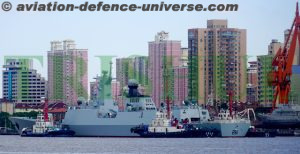
Pakistan’s dependence on China with BRI extends into the broader realm of military cooperation, closely tying Pakistan’s naval strategy to Beijing’s geopolitical ambitions. China’s development of the port of Gwadar benefits China and its desire to move into the Indian Ocean Region (IOR) with bases like Djibouti. PLA(N) makes port calls in Sri Lanka, which irks India. Pakistan’s Navy Day offers a timely moment to reflect on Pakistan’s struggling economy, politics, and nation-state and its policy to support terrorism. This precluded dialogue over the years to Pakistan’s detriment, as EAM S Jaishankar recently articulated, possibly to open a window for a thaw. Pakistan’s dependence on China for naval modernisation goes beyond merely acquiring vessels. Indian Navy cannot rest.
(Cmde Ranjit B Rai is an author who writes on Naval Affairs and curates a Maritime Museum in New Delhi’s C 443 Defence Colony. Open to the public. The views in this article are solely the authors.)













